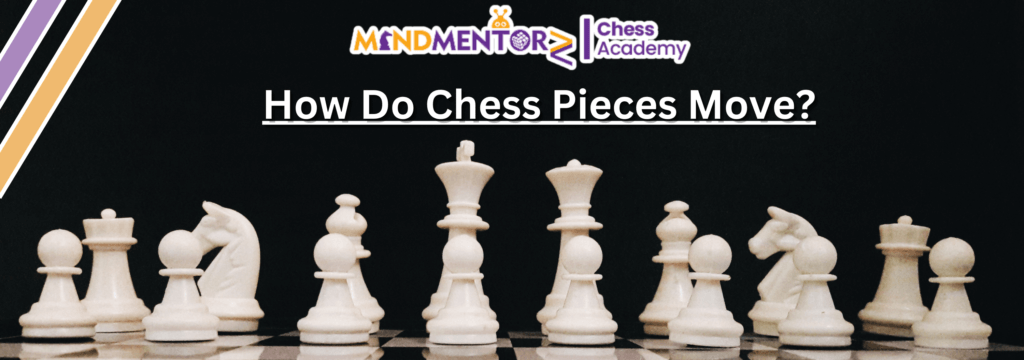
Are you a beginner at chess and curious about how the chess pieces move? Chess is a most strategic of games played by millions worldwide. Whether you are just starting out or are teaching a child the fundamentals, knowing how every chess piece moves is the key to becoming an expert player.
In this tutorial, we will explain the rules of moving chess pieces in a straightforward and easy-to-follow manner. If you’re looking for “how to play chess for beginners,” “chess moves explained,” or “best chess strategies for beginners,” this article will provide you with the ideal starting point!
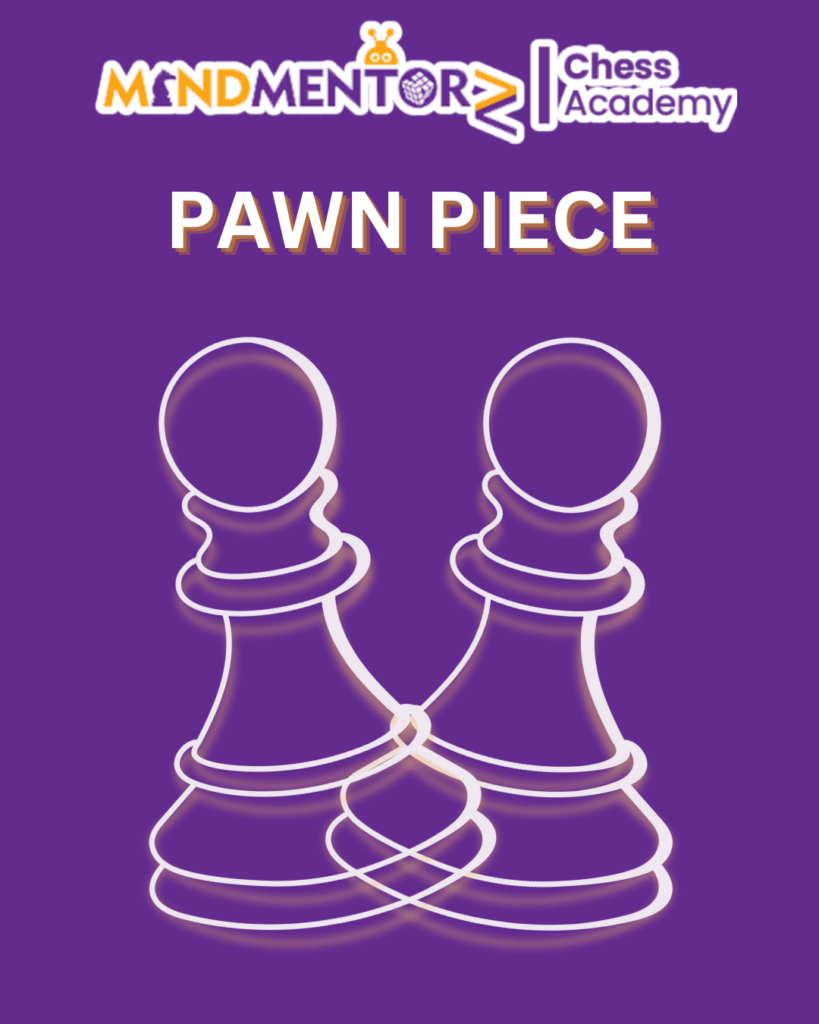
The Pawn – The Foot Soldiers of Chess
How Pawn Piece Moves?
How it moves:
Moves one square forward (except on its first move, where it can move two squares forward).
Captures diagonally by moving one square diagonally forward.
Special Move:
En Passant – A special capture rule when an opponent’s pawn moves two squares forward from its original position.
Promotion:
When a pawn reaches the last rank, it can be promoted to a queen, rook, bishop, or knight.
The Rook – The Castle Piece
How Rook Piece Moves?
How it moves:
The Rook moves vertically or horizontally any number of squares.
Cannot jump over other pieces.
It is best used in the endgame for occupation of open files.
Special move:
Castling- Castling is a special move that involves both the king and a rook. It is the only move in chess where two pieces move at the same time. The goal is to safeguard the king and activate the rook.
Promotion:
Unlike pawns, the rook does not get promoted in chess.
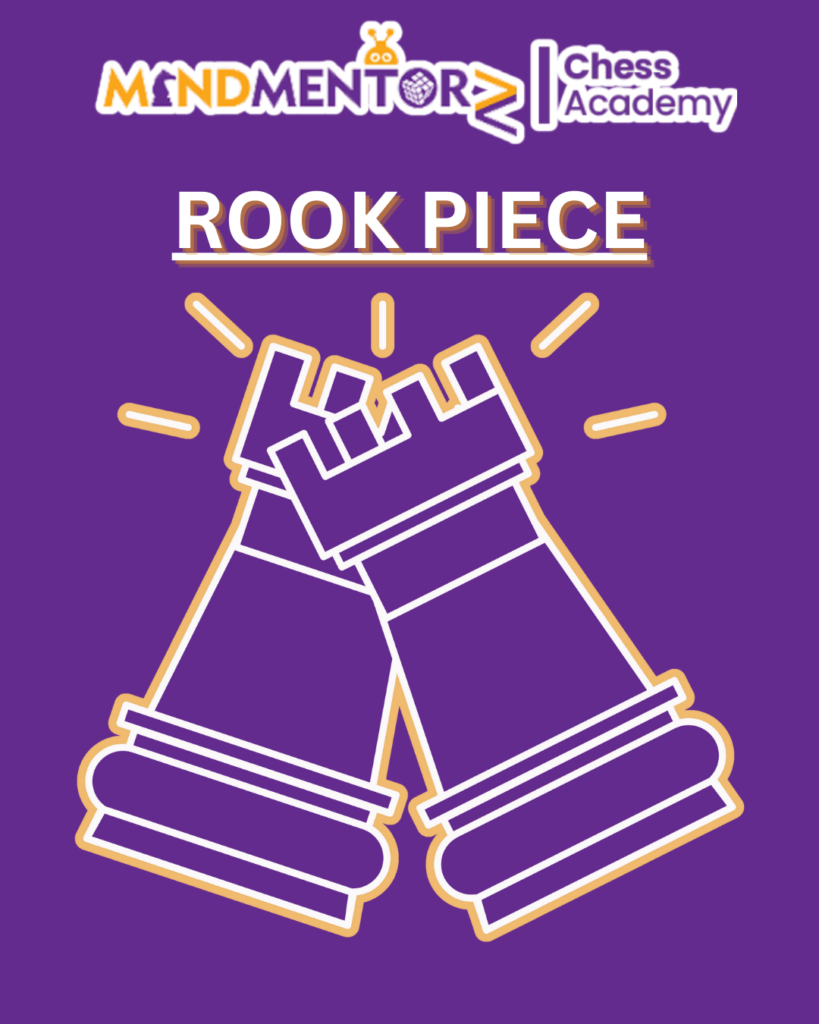
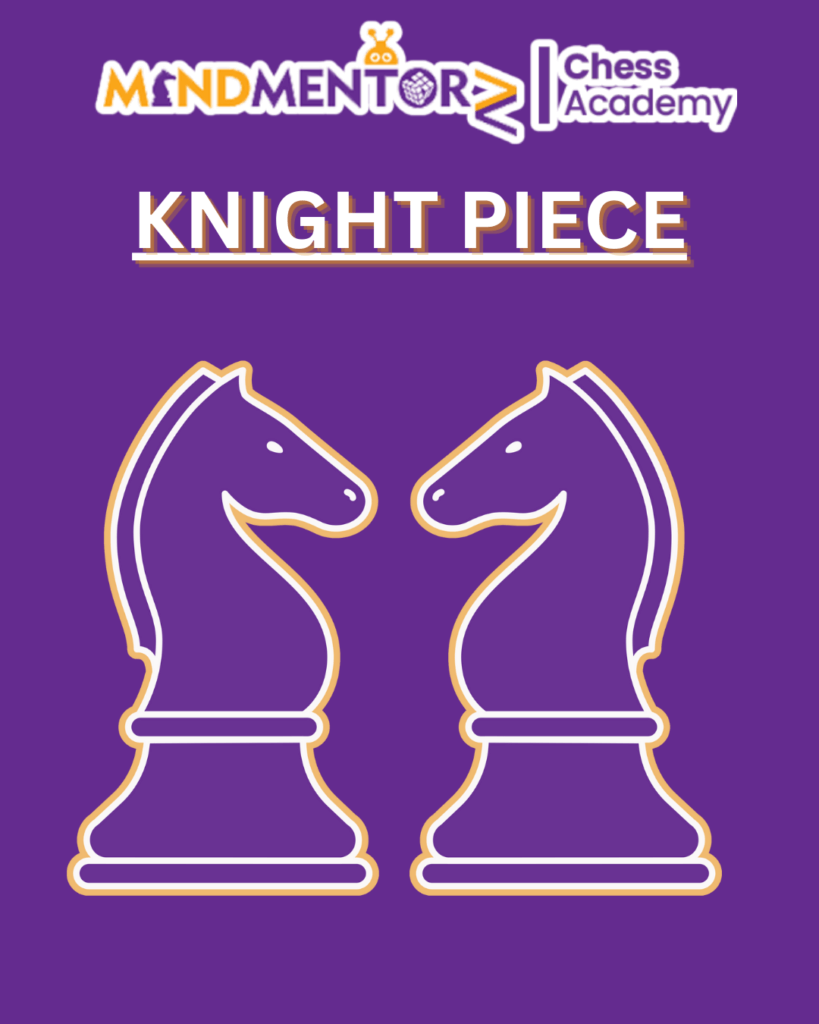
The Knight – The Trickiest Mover
How Knights Moves?
How it moves:
Moves in an L-shape: two squares in one direction and one square perpendicular.
It is the only piece capable of jumping over other pieces!
The knight excels in blocked positions where the mobility of other pieces is low.
Special Move:
The Fork– Because of its movement, the knight can attack multiple pieces at the same time in a move called a fork, which is a strong tactical weapon.
Promotion:
The knight itself cannot be promoted, just like any other major or minor piece in chess.
The Bishop – The Diagonal Master
How Bishop Moves?
How it moves:
Moves diagonally any number of squares.
Remains on the same color square throughout the game.
Performs best when open diagonals on the board exist.
Special move:
Long-Range Attacks – Bishops work well in open positions where they can control long diagonals.
Promotion:
The bishop itself cannot be promoted, just like the rook or knight. However, a pawn can be promoted to a bishop when it reaches the 8th rank.
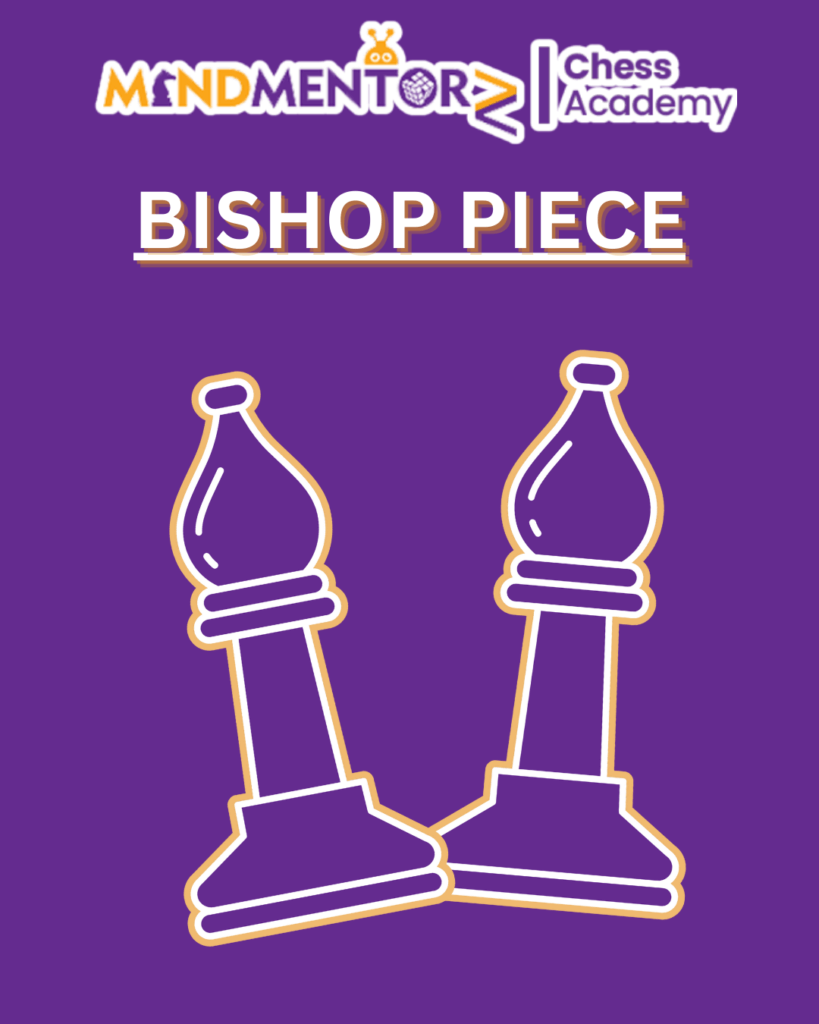

The Queen – The Most Powerful Piece
How Queen Moves?
How it moves:
Moves horizontally, vertically, or diagonally any number of squares.
Has the strength of both the rook and the bishop.
Best utilized for attacking and dominating the board.
Special Move:
it is the most powerful piece on the board because it can move:
Horizontally (like a rook)
Vertically (like a rook)
Diagonally (like a bishop)
Any number of squares in these directions
Promotion:
The queen cannot be promoted because only pawns can be promoted. However, a pawn can be promoted to a queen when it reaches the 8th rank.
The King—Guard The Throne
How King Moves?
How it moves:
Moves one square in any direction.
Cannot move into check.
Special move:
Castling – A move to protect the king by exchanging positions with the rook (conditions apply).
Promotion:
The king cannot be promoted.
The game only ends when the king is checkmated or stalemated.
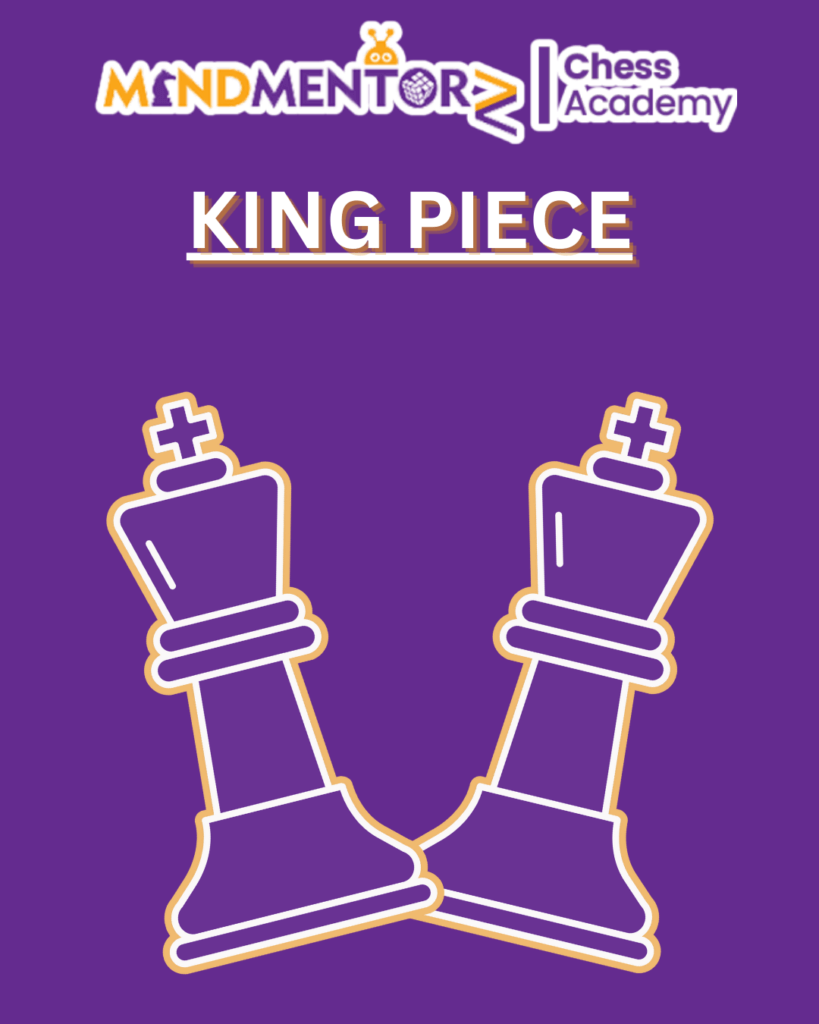
Final thoughts
Final Thoughts: Master Chess by Learning Piece Movements
Learning about how pieces move is the key to being an excellent chess player. Are you searching for “beginner chess tips,” “kids chess strategies,” or “how to get better in chess”? Knowledge of piece movement is crucial.
Want to improve your chess game? Become a part of Mindmentorz Chess Academy and learn from experienced chess coaches!
